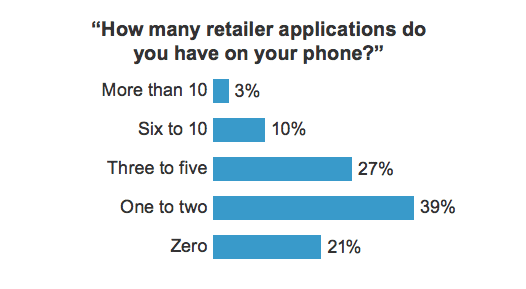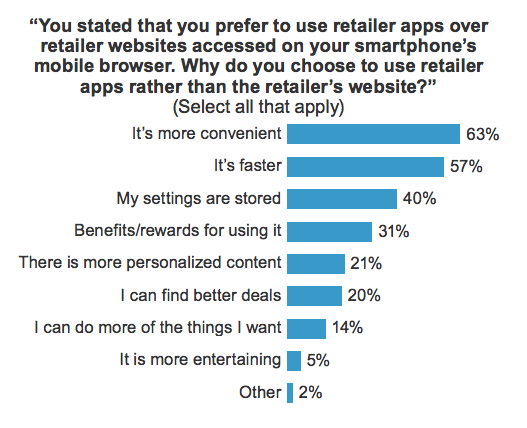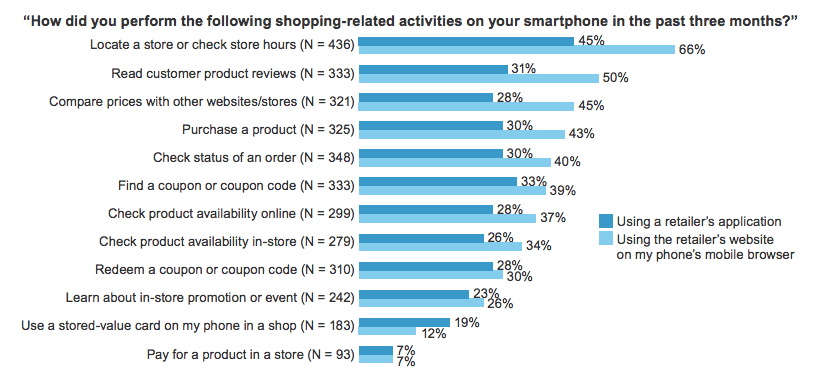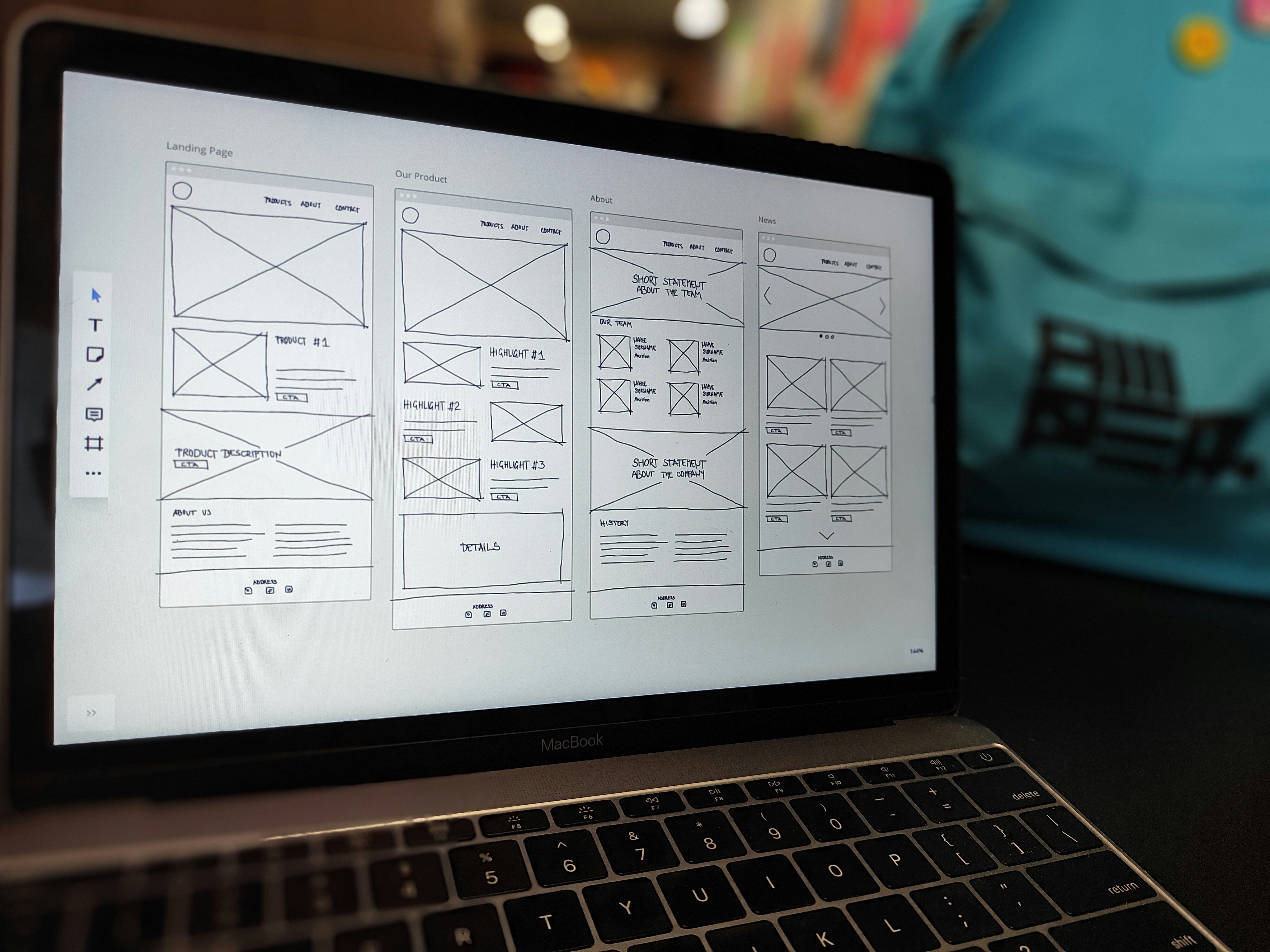The Hidden Costs of Bad SaaS Design: Why UX/UI Is Non-Negotiable
Bad design leaves money on the table. Don’t believe it? Consider this.

Retailers are making digital a priority in 2018. And for good reason: Forrester is predicting that digital will in some way impact more than half of total U.S. retail sales in 2018.
While the in-store experience does still influence shoppers, the reality is that the buying process today is omni-channel. Customers may start a shopping journey on their smartphones when they receive an email on the train into work, then finish up on their desktops when they arrive at the office. They may start on a brand’s website, then go in-store to try on (or try out) a product, then go home and think about it before hopping onto the brand’s app as they sit on the couch. There are myriad paths that the buying journey can take.
Forrester also predicts that smartphones will impact more than one-third (or more than $1 trillion) of total U.S. retail sales at some point in the customer journey in 2018. Smartphones play a major role in the omni-channel process. And retailers are taking note. Many brands are examining a variety of approaches to boost their online sales — including creating shopping apps.
But are apps the answer to increasing success in online retail? Another Forrester report shows that 60% of consumers who use a smartphone to shop online have fewer than two retailer-specific apps on their phone, and 21% don’t have any at all.

Shoppers require that an app deliver an experience they can’t get on the mobile site before they’ll download it. Forrester’s survey revealed that shoppers demand convenience, speed, and a personalized experience from the apps they download. If an app doesn’t deliver, it will get deleted.

If your concept for an app significantly improves the buying experience in some way, an app is worth considering. For example, CVS’s Caremark app makes getting medication refills easier and faster.
Also interesting to note is that, according to Forrester’s research, consumers prefer using an app when using a stored-value card, such as Starbucks’ Rewards card. If you implement a similar program, an app can increase purchases as you deliver notifications and offers to customers’ smartphones.

If developing a unique program that requires an app isn’t part of your strategy, you may want to devote your attention to building a website that offers an exceptional mobile experience. Too often, retailers’ mobile sites are an afterthought, and their conversion rates show it. The search and filtering functionality isn’t as robust as on the desktop version, design elements overlap, the checkout process is glitchy, etc.
Retailers that focus on creating a seamless, omni-channel shopping experience will win over competitors that neglect the consumers who shop via their phones and tablets.
Want to learn more about our e-commerce mobile app and website development services? Get in touch.
You might also like:
Subscribe to our newsletter.

Bad design leaves money on the table. Don’t believe it? Consider this.

If a picture is worth a thousand words, an interactive prototype is worth a million-dollar investment. These clickable mockups bridge the gap between...

There are hundreds—maybe thousands—of decisions between an idea and a full-fledged business application. One of the most important is choosing the...
Post
Share